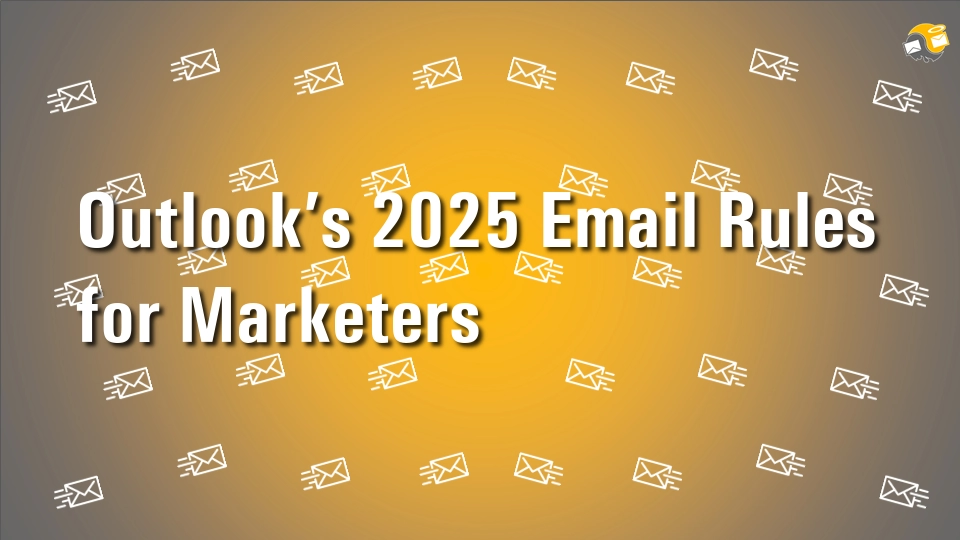Staying ahead of security updates is critical in email marketing. With Yahoo and Google rolling out authentication changes in early 2024, Microsoft Outlook is now following suit to enhance user protection and email ecosystem integrity. If you send more than 5,000 emails per day, these updates will directly impact you. Here’s what you need to know and how to stay compliant.
Email is a vital communication channel, but it’s also a target for spammers and phishers. To combat abuse, Outlook is aligning itself with stricter authentication requirements for high-volume senders like Yahoo and Google. The goal? Reduce spoofing, phishing, and spam while ensuring legitimate senders benefit from improved deliverability and brand protection.
What’s Changing?
Starting May 5, 2025, Outlook will require domains sending over 5,000 emails daily to comply with three key authentication protocols:
- SPF (Sender Policy Framework): Lists authorized IP addresses in your domain’s DNS record.
- DKIM (DomainKeys Identified Mail): Ensures the authenticity and integrity of your emails.
- DMARC (Domain-based Message Authentication, Reporting, and Conformance): Enforces alignment with SPF or DKIM (preferably both) and provides visibility through reporting.
Non-compliant emails will first be filtered into the Junk folder, with the potential for outright rejection in the future.
Update: On April 29th Microsoft updated that non-compliant emails will be rejected, where as they initially reporting that they would “be routed to the Junk folder and them rejected at a later date”.
Most Senders Are Already Compliant
If you’ve already updated your authentication settings to comply with Google and Yahoo’s requirements, you’re likely in good shape for Outlook’s changes. These updates reinforce industry best practices rather than introduce entirely new standards. However, it’s still a good idea to double-check your setup to avoid deliverability issues.
Best Practices for Compliance
Beyond authentication, Outlook recommends adopting these email hygiene practices:
- Use Compliant Sender Addresses: Ensure your “From” and “Reply-To” addresses reflect your legitimate sending domain.
- Provide Functional Unsubscribe Links: Make opting out simple and transparent.
- Maintain List Hygiene: Remove invalid addresses to reduce bounces and spam complaints.
- Ensure Transparency: Use accurate subject lines, avoid misleading headers, and send emails only to recipients who have given consent.
Enforcement Timeline
- Now – May 2025: Prepare by updating DNS records and ensuring compliance with SPF, DKIM, and DMARC.
- After May 5, 2025: Non-compliant emails will be sent to Junk folders.
- Future (TBA): Microsoft may begin rejecting non-compliant emails entirely.
What You Should Do Next
- Audit Your DNS Records: Confirm your SPF, DKIM, and DMARC settings are properly configured.
- Stay Informed: Monitor Microsoft’s updates for additional guidance and enforcement details.
- Follow Best Practices: Strengthen authentication and email hygiene to protect your deliverability and your audience.
Microsoft’s new requirements offer a dual benefit: enhanced security for users and improved deliverability for legitimate senders. Start preparing now to ensure a smooth transition in 2025.
For more details, visit Microsoft’s sender support page. Let’s work together to keep email secure and trustworthy for everyone.


